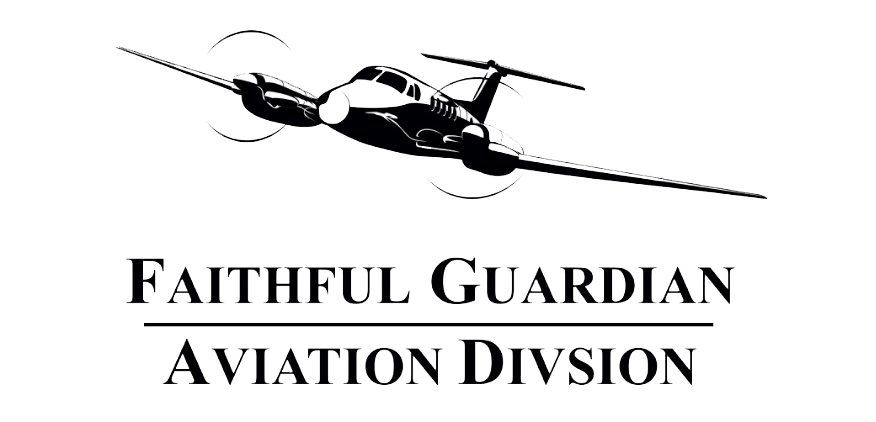Lesson 3.10 Class C Airspace
1. Class C airspace consists of a surface area (formerly called the inner circle) and a shelf area (formerly called the outer circle).
a. The surface area has a 5-NM radius from the primary airport extending from the surface to 4,000 ft. above the airport elevation.
b. The shelf area is an area from 5 to 10 NM from the primary airport extending from 1,200 ft. to 4,000 ft. above the airport elevation.
2. Surrounding the Class C airspace is the outer area. The outer area is not classified as Class C airspace.
a. ATC provides the same radar services as provided in Class C airspace.
b. The normal radius of the outer area of Class C airspace is 20 NM from the primary airport.
3. The minimum equipment needed to operate in Class C airspace
a. 4096 code transponder,
b. Mode C (altitude encoding) capability, and
c. Two-way radio communication capability.
4. You must establish and maintain two-way radio communication with ATC prior to entering Class C airspace. A clearance is not required because a clearance relates to IFR operations.
5. When departing from a satellite airport without an operating control tower, you must contact ATC as soon as practicable after takeoff.
